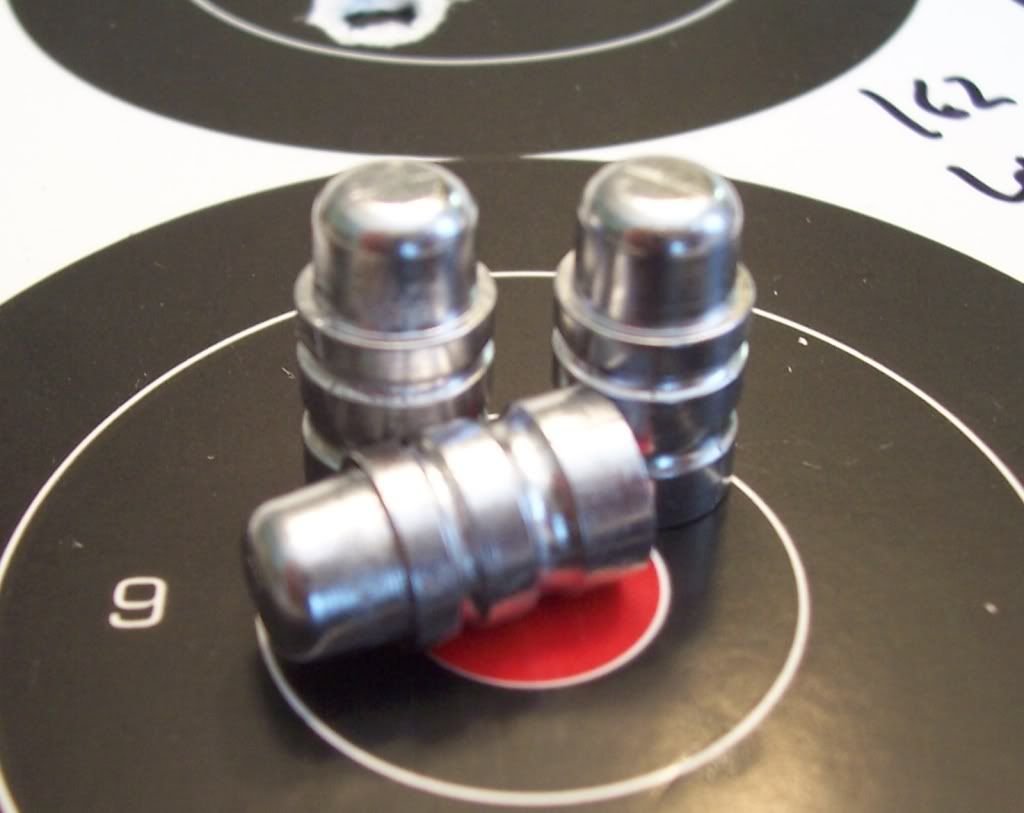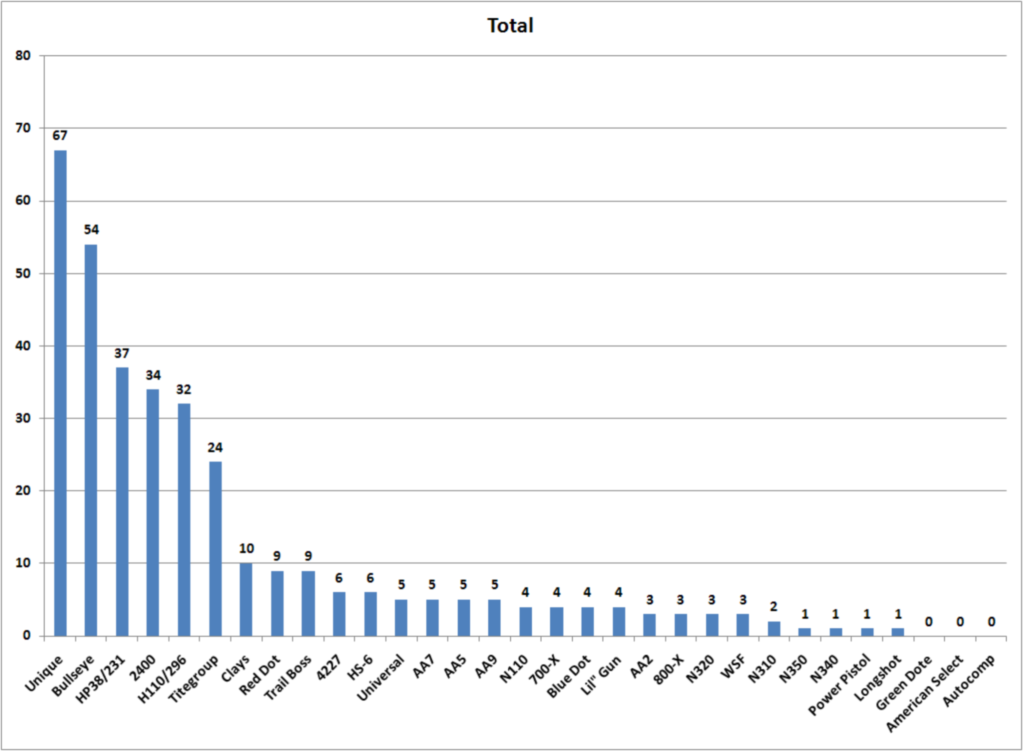The benchmark for accuracy remains at 25 yards, off a rest. Sometimes with iron sights, other times with various scopes that I seem to buy and sell off. I also own and have owned casting and reloading equipment from various manufacturer. Looking at what I have on hand: I load 38 Special with Lee Dies (3 die set) and Dillon Powder Measure. 357 Magnum is loaded with Dillon Dies and Dillon Powder Measure. Each setup is on it's own toolhead, which makes swapping them out a snap.
I wanted to see if a RCBS lock out die would work into my handloading process for both 38 and 357. It takes one of the 4 holes, leaving 3 stations for the Lee 3 die set (since I had it already). Seating and crimping at the same time in the last station. Before deciding to make the switch, I wanted to see if the Lee Die setup produces ammo with the same accuracy as the Dillon.
It's not exactly and apples to apples comparison, but my goal was to free up a hole for the RCBS. In an earlier post I noted that the Lee FCD can cause problems. So I'm not really interested in doing additional tests with a Lee 4 die set, which wouldn't free up a station anyway. My recommendation is to not use the FCD for oversize cast handloading, which is 100% of what I do. It's great for jacketed bullets, just not cast.
First, the press and other gear, for handloading 357 magnum and 38 special (for my snub-nose) I really like a Dillon 550:
FYI, I don't have the roller handle or the fancy base. But this is one awesome press. It is a manually indexed progressive. After owning turret presses, and several auto-indexing progressives I've decided this is the way to go. Very safe, very quick and easy to do a mid-course correction.
A Dillon 3 die set doesn't include a powder/expander die. They take a little more time to set than the Lee dies, but are easy to clean. They come apart and go back together without having to unscrew and reset them.
The powder dies comes with the toolhead, and is one size fits all. The toolhead with powder die is pretty inexpensive:
Each caliber takes a specific powder funnel. The one on the left is for most pistols, it expand the brass as well a flares the case mouth. The same one fits 357 and 38 special, it's pretty convenient.
That is what I used to handload the "Dillon" bullets. I removed the dies and added this equipment from Lee:
A Lee carbide 3 die set. It costs less than half of the Dillon dies, and includes a powder through expander too. Really a great deal and price point.
I tested, off a rest with my 6.5 inch Blackhawk, with a 2x scope, using the 358-477 bullets and 3.5 grains of 700X. My most accurate load.
The question is, are the two setups equally accurate?
My first test, at 15 yards, showed no difference in accuracy. I shot many groups, sometime the Dillon was better, sometimes the Lee group was better. They were all close.
At 25 yards there was a more clear pattern, first some pictures:
Typical groups loaded with the Lee equipment:
Now for a couple of typical Dillon groups:
The difference should be obvious, if not clouded by my poor photographic skills. On average, the Dillon groups are in fact smaller.
At 25 yards, Dillon handloads range from .25 to .5 inch smaller, 80% of the time.
After adjusting seating and crimp dies to get the most out of the Lee's, that's the bottom line. At 25 yards, the Dillon loaded ammo begins to show superior accuracy.
If, like me, you want the most accurate handloads, at 25 yards, Dillon wins this one. If your goal accuracy at shorter distances, Lee will save some money.
So, the RCBS isn't working into the my reloading process. It was really a thought about "additional" safety. The standard Dillon setup isn't unsafe in any way, to the contrary, it's a great design all the way around. Since I'm comfortable with the Dillon, and it's more accurate, that's what I'll continue to use for my daily handloading.
Next up, I recieved my mould from Mountain Moulds. I used their great online design tool in an attempt to get a Lyman styled 358-429, that drops at a full .360 diameter. I've cast with it, and shot my initial test groups. Let me say, this is one fine mould. Details will be coming...
Have fun and shoot tight groups! After all, you are shooting a 357 Magnum, the finest of all cartridges.













